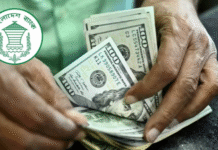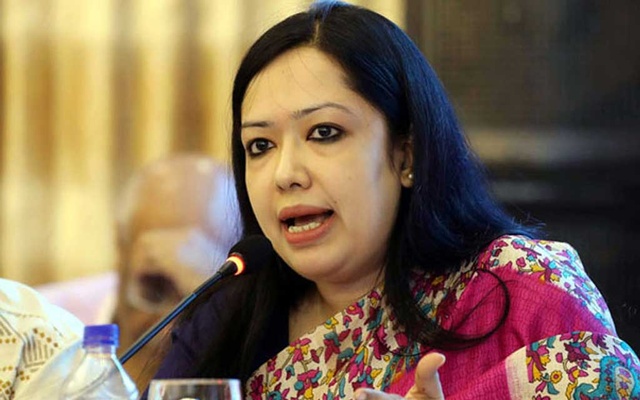TBS

Highlights:
- $8.11 billion disbursed, $2.6 billion repaid in FY25
- 46% rise in debt over five years
- $42.61 billion in foreign aid pipeline
- IMF loans excluded from ERD total
- Debt servicing costs projected to surge by 65%
Bangladesh’s foreign debt burden rose to $74.34 billion at the end of the 2024-25 fiscal year, an 8% increase compared to the previous year, driven largely by a record $3.41 billion in budget support loans from international development partners.
In comparison, at the end of FY24, the country’s external debt stood at $68.82 billion. Over the past five years, this debt has increased by 46%, rising from $50.88 billion in 2020-21.
Despite the government’s restrained approach to new borrowing for mega projects, the budget support from development partners, such as the World Bank and the Asian Development Bank, was taken in a bid to stabilise the macroeconomic situation of the country and support foreign reserves, according to Economic Relations Division (ERD) officials.
This was the highest amount of budget support received in a single year. The previous record was set in FY22 at $2.6 billion.
The foreign debt figure was also impacted by increased disbursements linked to major infrastructure projects.
ERD officials clarified that the latest external debt figure, based on preliminary estimates, includes loans received through the central government for development projects and budget support, but does not cover government-guaranteed loans or those directly disbursed by the International Monetary Fund (IMF).
The officials also noted that final figures may vary due to currency exchange fluctuations.
The ERD report, released on Sunday, shows that in FY25, foreign aid disbursement totalled $8.11 billion. In the same period, the government repaid $2.6 billion in loan principal.
The new debt figures were calculated by adding fresh disbursements to last year’s outstanding amount and subtracting repayments.
Officials noted that disbursements increased due to the completion or near-completion of several large infrastructure projects, including the Rooppur Nuclear Power Plant, MRT Line-6 (Dhaka Metro Rail), Padma Bridge Rail Link, Karnaphuli Tunnel, and the third terminal at Hazrat Shahjalal International Airport.
However, a significant share of the increase came from the budget support loans, which have already been disbursed, rather than project financing, they said, adding that the government deliberately avoided taking new loans for large-scale projects to ease repayment pressure.
Dr Masrur Reaz, chairman and CEO of Policy Exchange Bangladesh, said the interim government maintained a cautious stance on new foreign loans for development projects.
“They were conservative in borrowing for large or mega projects. It reviewed several foreign loan-backed projects that were already in the pipeline and refrained from moving forward with some of them.
“But, to maintain macroeconomic stability, the government took record levels of budget support from institutions such as the World Bank, the ADB, and the IMF – although the IMF figure isn’t included in the ERD’s tally,” he said.
“This budget support helped manage the balance of payments and rebuild reserves,” Dr Masrur added. “But naturally, it also increased the country’s total external debt.”
He cautioned that while debt is increasing, so is repayment. “Debt servicing costs are projected to rise by 65%. Going forward, we must be more careful. We should avoid large-scale borrowing and steer clear of loans with rigid or unfavourable terms. Loans should be limited to those that deliver quick and measurable returns.”
$42.6b in foreign loans still in pipeline
According to preliminary estimates by the ERD, the pipeline of foreign loans and grants stood at $42.605 billion at the end of FY25. With a few minor exceptions, nearly the entire amount is in the form of loans.
In comparison, at the end of FY24, the foreign aid pipeline was slightly higher, at $42.850 billion.









